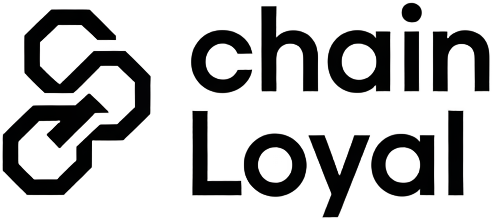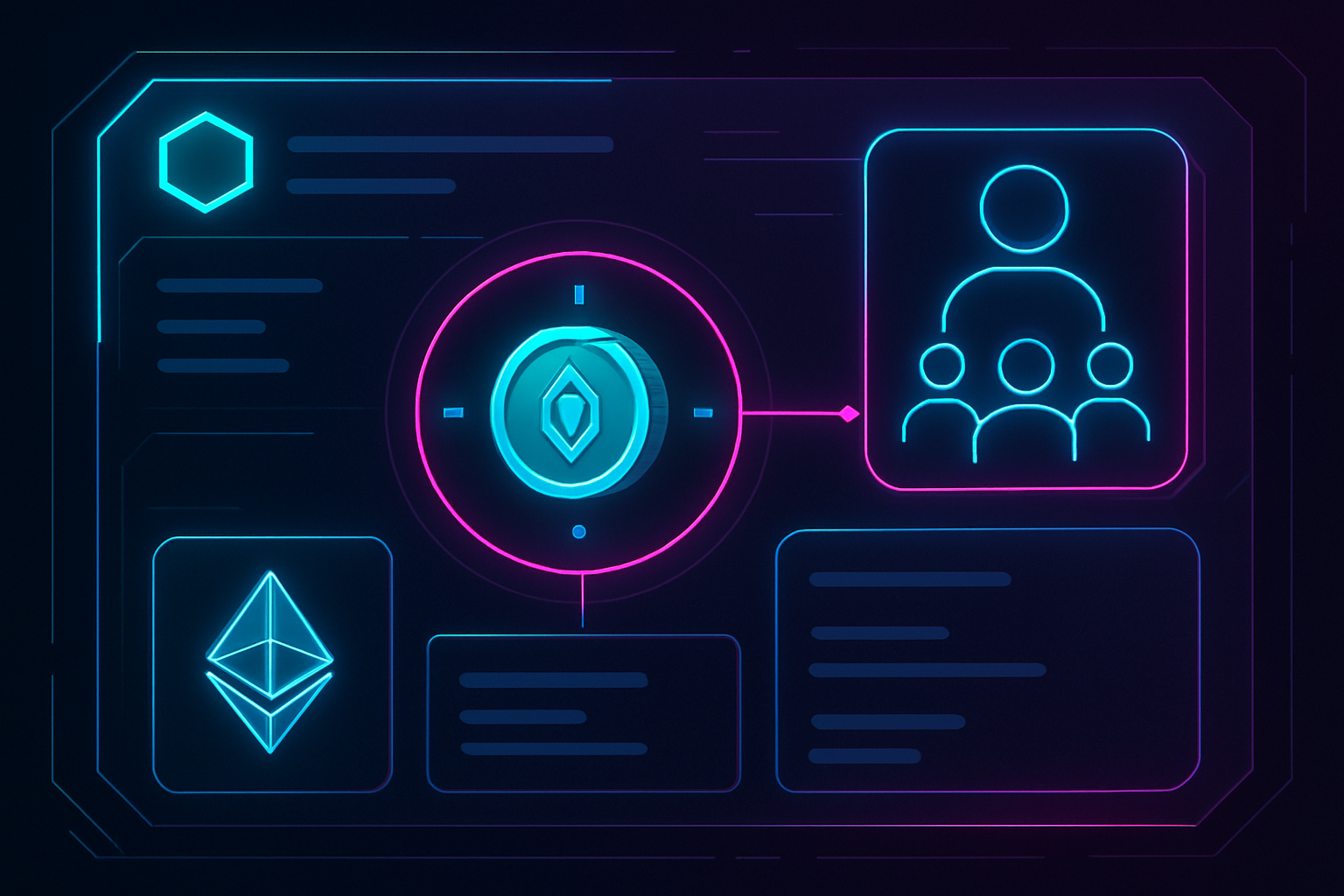
On-chain loyalty staking is rapidly emerging as a cornerstone for DeFi community engagement. By leveraging token incentives and innovative staking rewards, blockchain projects are reimagining the classic loyalty program for a decentralized world. At its core, this approach transforms passive holders into active participants, deepening their connection to the protocol and fostering a sense of shared ownership.
What Sets On-Chain Loyalty Staking Apart?
Unlike traditional rewards programs, on-chain loyalty staking harnesses the transparency and programmability of blockchain technology. Users are encouraged to lock up their tokens, supporting network security or liquidity in return for meaningful rewards. These may include extra tokens, governance rights, or exclusive access within the ecosystem. The result is a dynamic feedback loop: as more users stake and participate, the project’s value proposition grows stronger.

This paradigm shift is evident in platforms that gamify engagement. For example, Radix’s Token Trek platform incentivizes users with over $120,000 in rewards for completing quests and participating in various on-chain activities. Such gamified experiences not only boost user interaction but also drive ecosystem growth by making participation both rewarding and enjoyable.
Mechanisms Driving Engagement
The true power of on-chain loyalty staking lies in its variety of engagement mechanisms:
Key Mechanisms of On-Chain Loyalty Staking
-

Tiered Reward Systems: Many DeFi platforms, such as Life DeFi, implement tiered loyalty programs. Users earn points or tokens for actions like inviting friends or exploring app features, unlocking higher ranks with increased benefits and exclusive rewards.
-
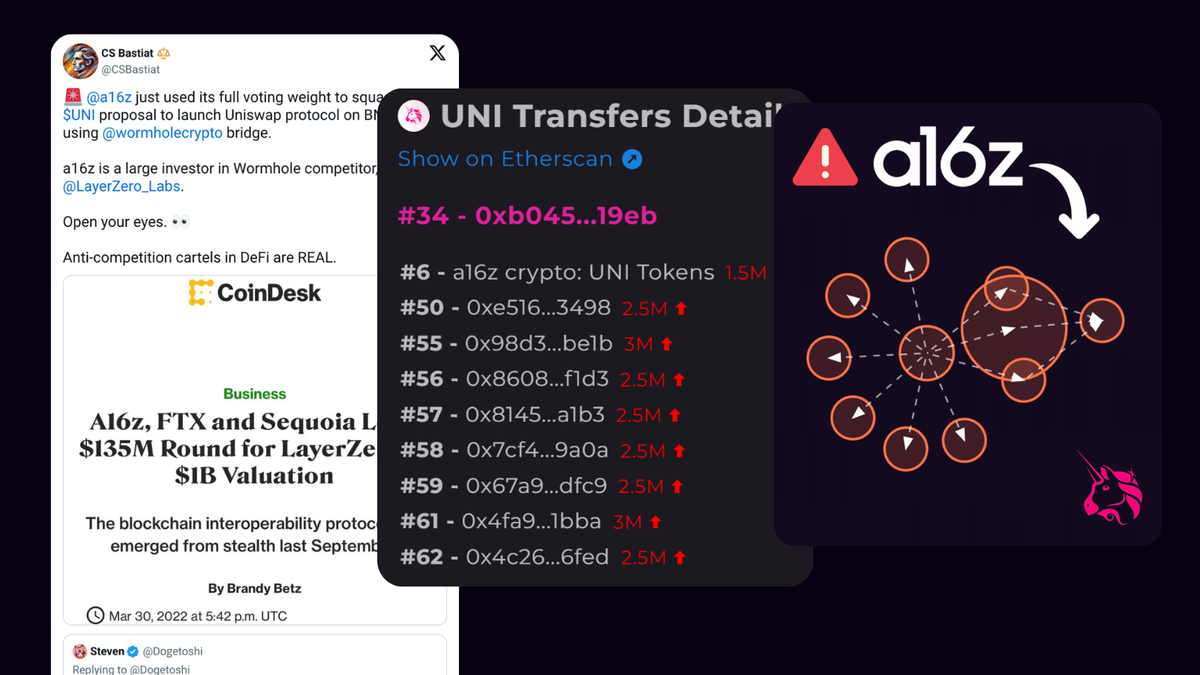
Governance Incentives: Staking tokens often grants users governance rights, empowering them to vote on proposals and influence project direction. This mechanism, seen across platforms like Uniswap and Compound, encourages active and long-term community participation.
-
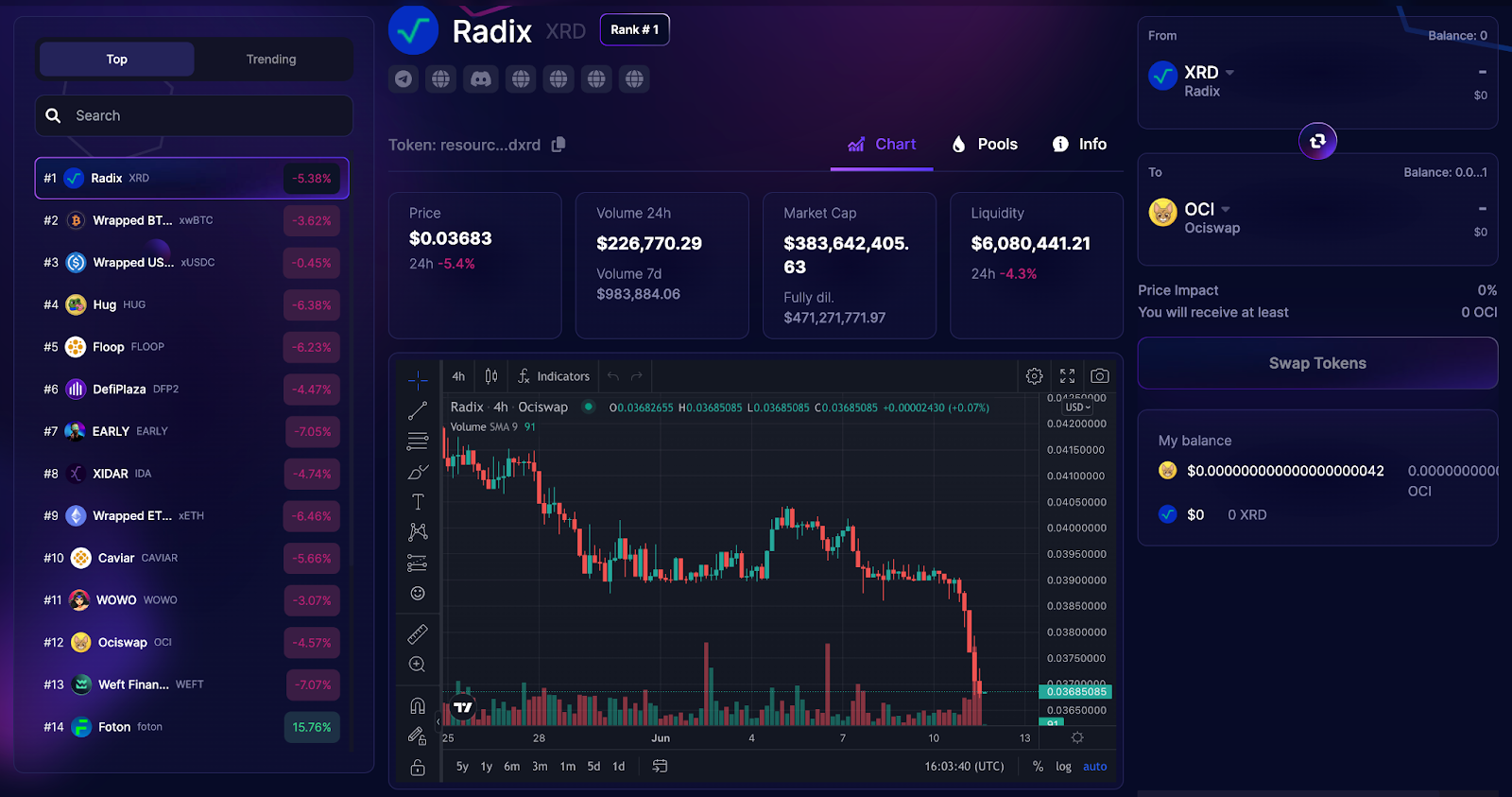
Gamified Social Challenges: Platforms such as Radix’s Token Trek and DeFiChain organize quests, challenges, and multi-phase campaigns. Users complete on-chain and social tasks to earn substantial rewards, driving engagement and fostering a sense of community.
-
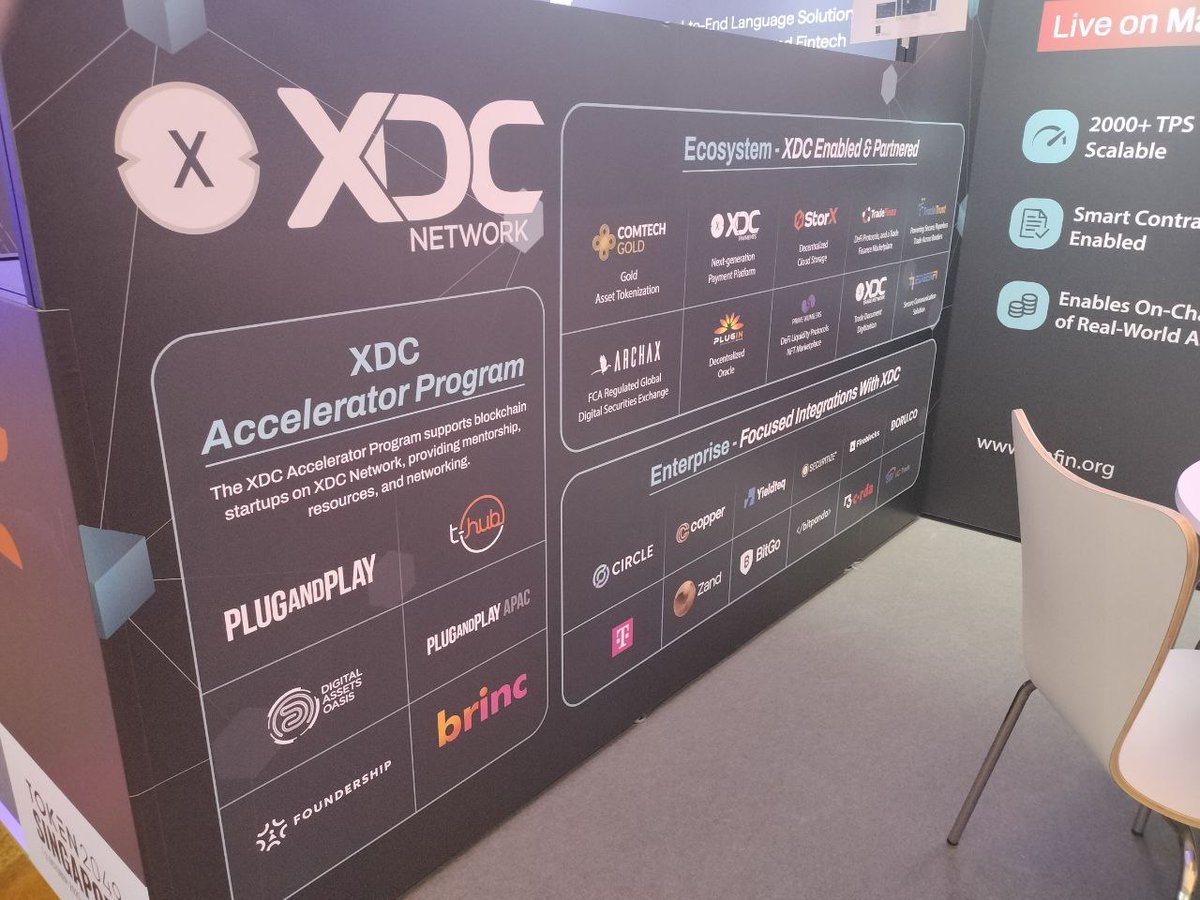
Unified Engagement Hubs: Projects like XDC Network consolidate community activities and automate on-chain rewards, making it easier for users to participate and track their progress, which boosts overall engagement.
-
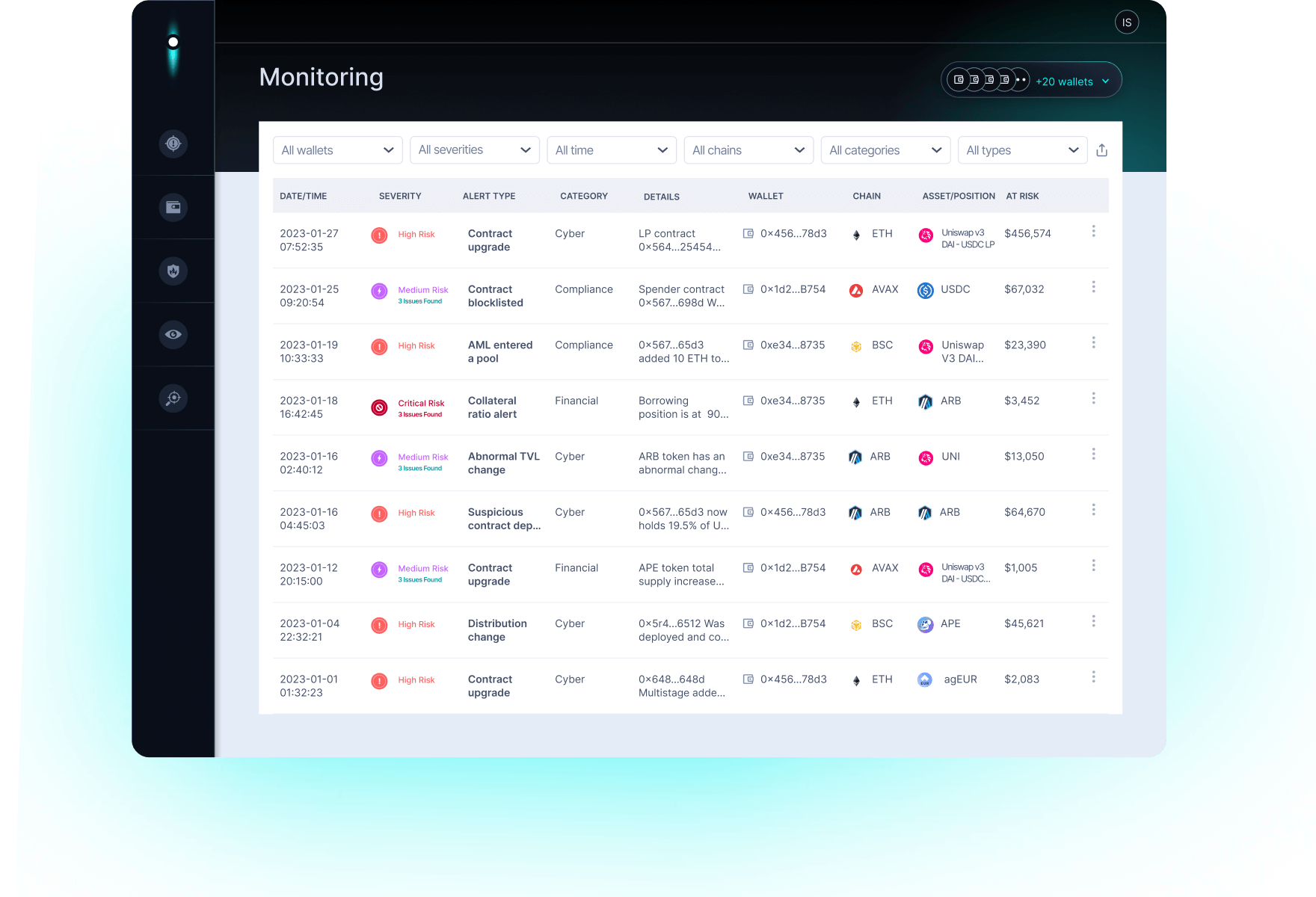
On-Chain Reputation Systems: Emerging DeFi projects are integrating on-chain reputation metrics, where users build trust and status through consistent, positive participation. This can unlock additional staking benefits and exclusive access within the ecosystem.
- Tiered Reward Systems: Users earn points or tokens based on their activity level. Life DeFi’s native system exemplifies this by rewarding users for inviting friends or exploring new features – higher tiers unlock greater benefits.
- Governance Participation: Staking isn’t just about earning yield; it often comes with voting power or influence over protocol decisions. This empowers users to shape the project’s future directly.
- Collaborative Tasks: Community-driven campaigns encourage cooperation through shared goals and pooled rewards. This builds camaraderie among participants while strengthening project cohesion.
The rise of these mechanisms coincides with an industry-wide focus on retention over one-time participation. As noted by Formo and other market observers, incentive programs now reward specific on-chain actions – from providing liquidity to completing social tasks – that benefit both users and protocols alike.
The Impact: From Retention to Reputation
The effects of well-designed blockchain loyalty programs ripple throughout DeFi communities:
- User Retention: Active participation is rewarded consistently, encouraging users to remain engaged over time rather than chasing fleeting airdrops or short-term gains.
- Evolving On-Chain Reputation: As highlighted by Jade Mckinley and Blockchain App Factory, reputation systems are increasingly tied to on-chain behavior. Consistent stakers earn credibility within the ecosystem – sometimes unlocking additional privileges or exclusive opportunities.
- Sustainable Ecosystem Growth: By aligning user incentives with network health (e. g. , through staking or liquidity provision), projects can nurture organic growth that persists beyond initial hype cycles.
This evolution is best illustrated by platforms like XDC Network’s Unified Engagement Hub. By consolidating community tasks and automating reward distribution, they’ve seen significant increases in both user accounts and active participation rates – proof that thoughtfully structured incentives can move the needle for adoption.
Case Study Highlights: Real-World Successes
The competitive landscape is full of creative approaches to token incentives in DeFi projects:
Notable On-Chain Loyalty Staking Case Studies
-
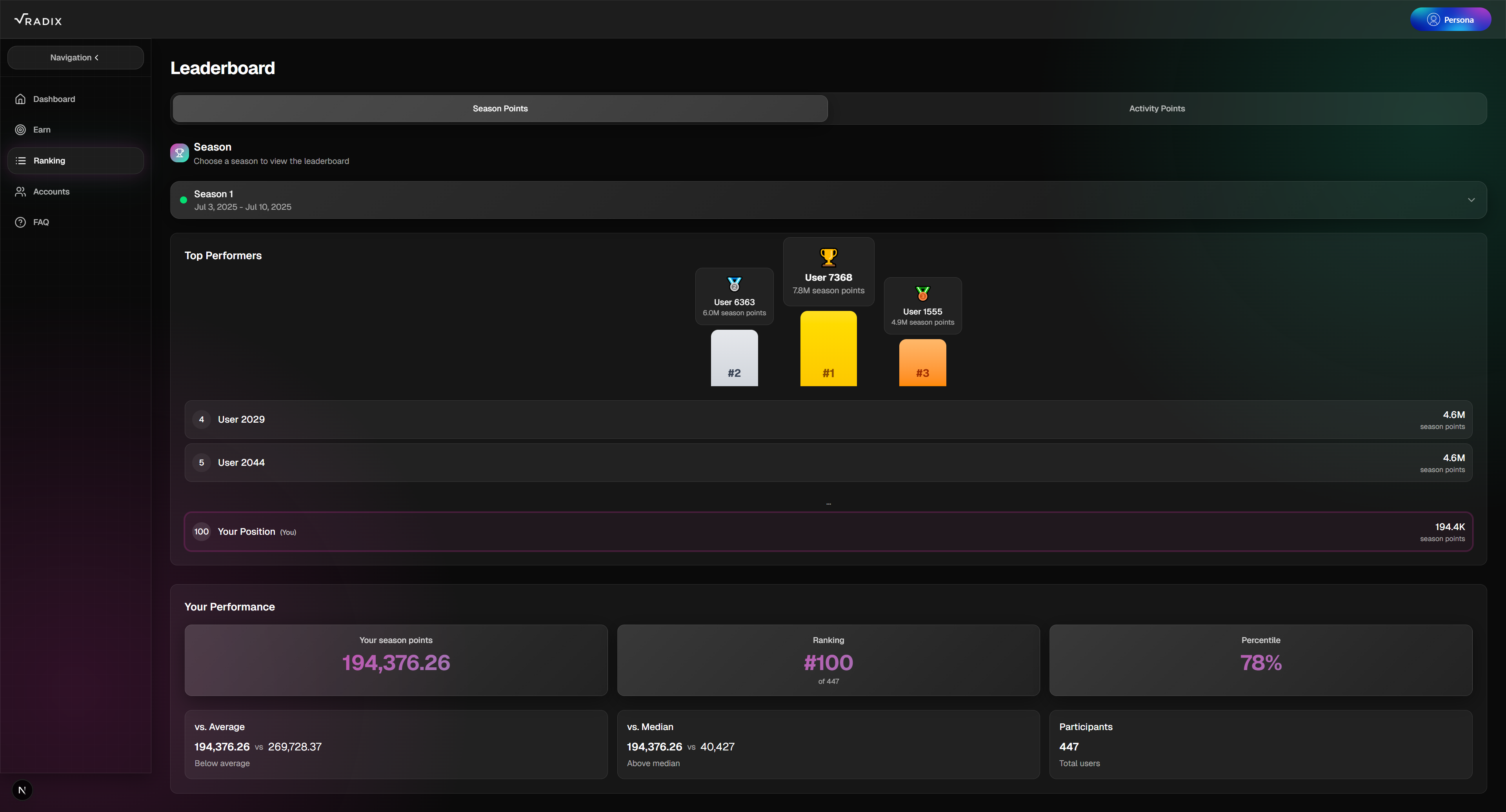
Radix Token Trek: Radix’s Token Trek campaign incentivized users with over $120,000 in rewards for completing on-chain activities such as staking, swapping, and participating in ecosystem dApps. This gamified approach significantly boosted user engagement and on-chain activity.
-
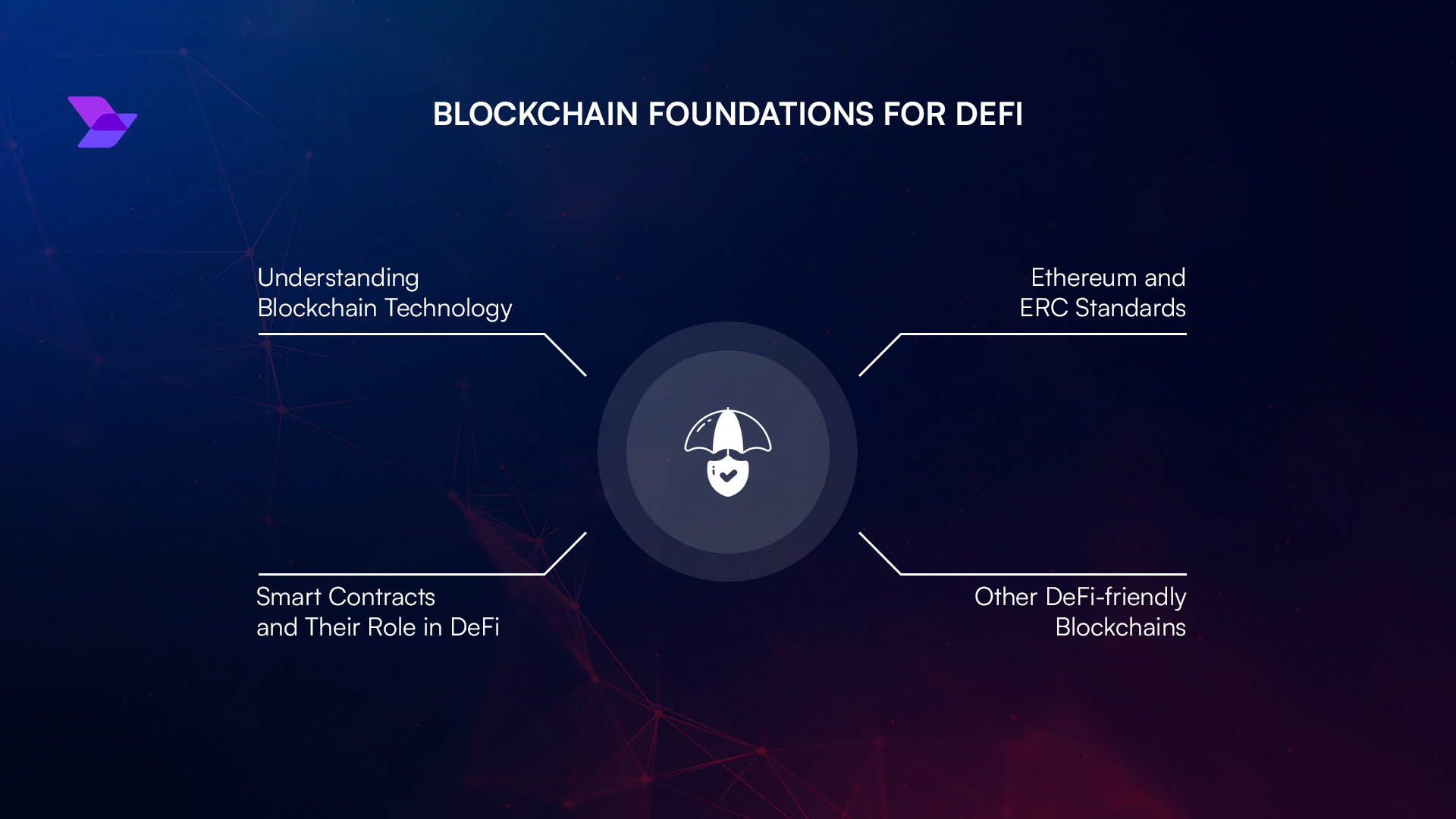
Life DeFi’s Tiered Loyalty System: Life DeFi implemented a native, tiered loyalty program where users earn points and unlock higher reward tiers by inviting friends, exploring app features, and staking tokens. This structure encourages ongoing participation and deeper community involvement.
-
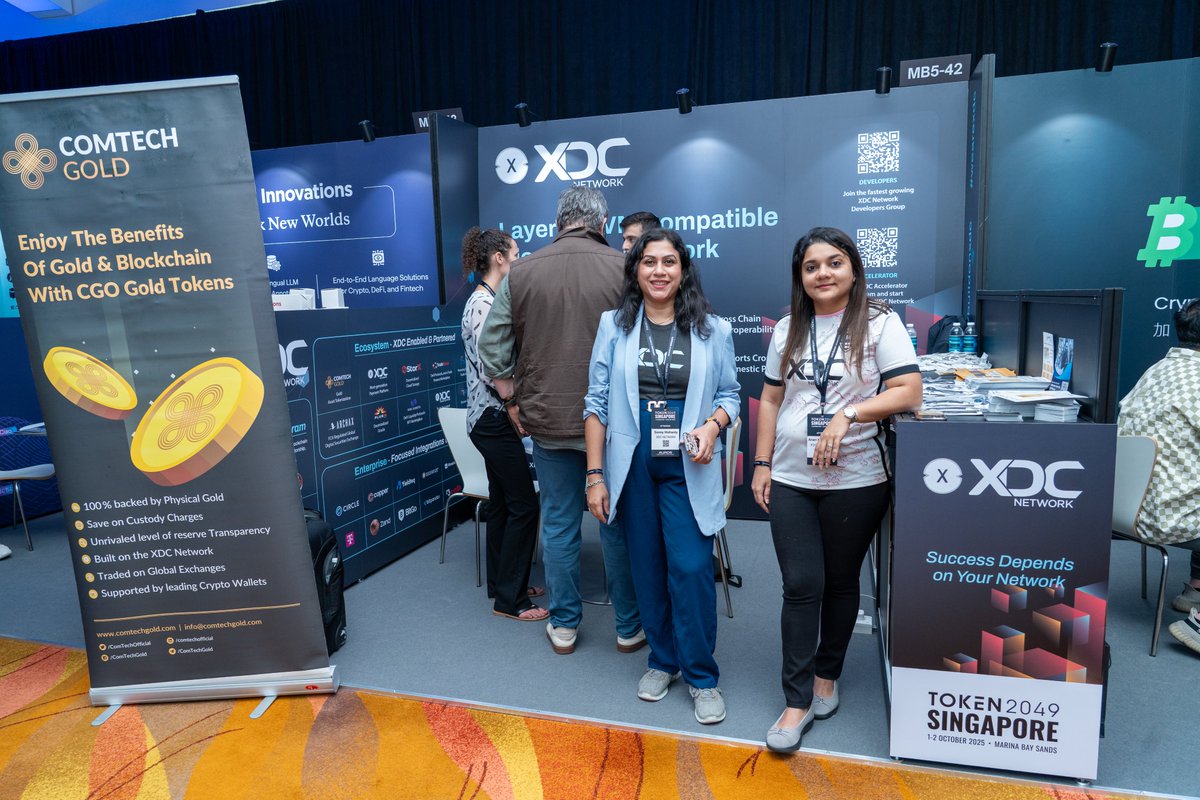
XDC Network’s Unified Engagement Hub: XDC Network launched a Unified Engagement Hub that consolidates community tasks and automates on-chain rewards, resulting in a notable increase in user accounts and active participation across its ecosystem.
-
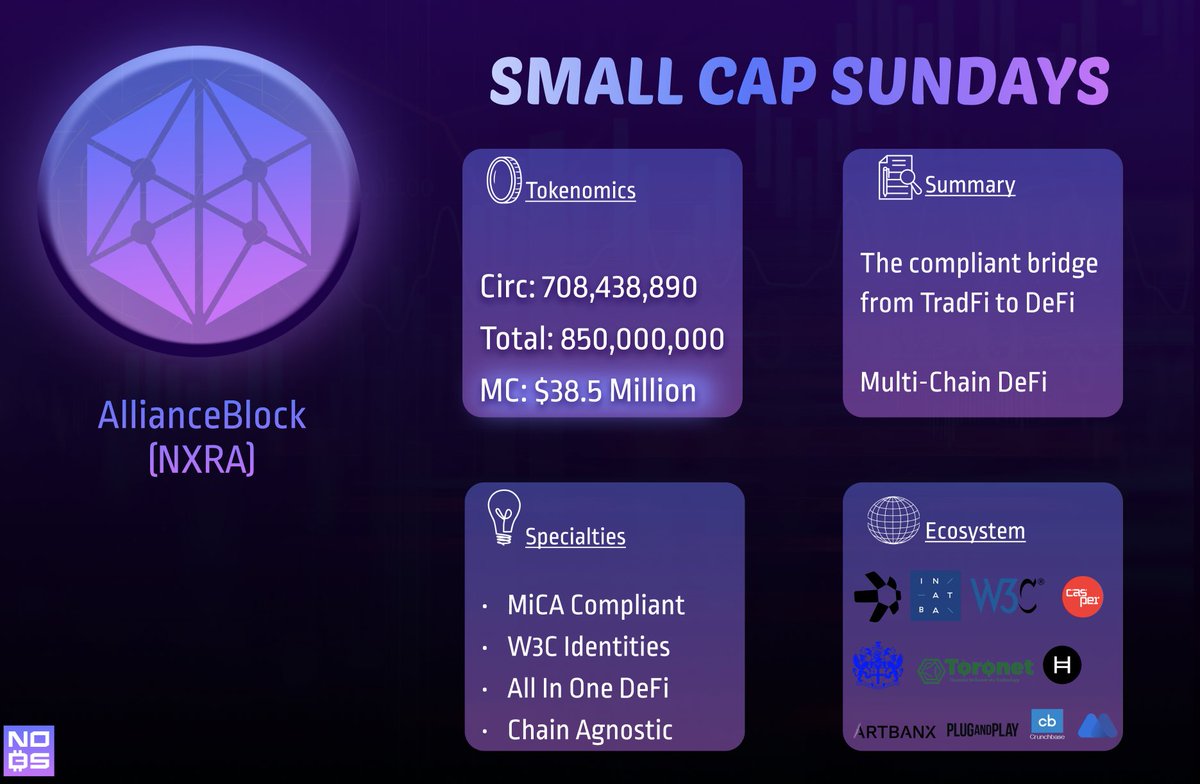
DeFiChain Community Reward Campaign 3.0: DeFiChain’s multi-phase reward campaign combined social media challenges with on-chain staking activities, effectively driving both online and on-chain engagement within its community.
DeFiChain’s Community Reward Campaign 3.0 stands out for its multi-phase structure combining social media challenges with direct on-chain activities. This hybrid model has proven highly effective at driving both online buzz and meaningful protocol usage – a synergy essential for long-term viability in today’s crowded market.
As the DeFi space matures, the importance of staking rewards in DeFi projects extends beyond mere financial gain. Thoughtfully crafted loyalty programs act as a bridge between user motivation and protocol sustainability. With every new campaign or tiered system, projects learn more about what truly resonates with their communities, be it exclusive governance rights, access to private features, or recognition within the ecosystem.
One key trend is the integration of blockchain loyalty programs with other DeFi primitives. For example, loyalty tokens can now interact with lending protocols, allowing users to earn additional yield on their rewards. This composability not only amplifies returns but also deepens user engagement by embedding loyalty into the wider DeFi stack.
Navigating Risks and Maximizing Value
No discussion of on-chain loyalty staking would be complete without addressing risk management. As highlighted by recent analyses from Webisoft and others, users must weigh potential smart contract vulnerabilities, impermanent loss (in liquidity staking), and shifting reward structures. The most successful platforms address these risks transparently, offering clear documentation, regular audits, and responsive community support.
For project teams, the challenge is to calibrate token incentives so they drive meaningful action without diluting long-term value. Overly generous rewards may attract short-term opportunists rather than genuine contributors. Conversely, insufficient incentives can lead to stagnation and disengagement. Striking this balance is both an art and a science, a process best informed by a blend of on-chain analytics and direct community feedback.
The Road Ahead for Community-Driven DeFi
The future of user retention in DeFi will hinge on continual innovation in engagement strategies. Expect to see more projects experimenting with cross-platform partnerships, NFT-based rewards for loyal stakers, and dynamic point systems that evolve alongside user behavior.
The lessons from pioneers like Radix Token Trek and Life DeFi are clear: genuine engagement comes from aligning user interests with protocol health through transparent, flexible incentive models. As community members become co-creators, shaping everything from governance to marketing, DeFi projects will unlock new levels of growth and resilience.
If you’re interested in exploring how these mechanisms can supercharge your project’s growth or deepen your own participation as an investor or builder, take a closer look at our comprehensive guide: How On-Chain Loyalty Staking Boosts User Engagement in DeFi Projects. The future belongs to those who build with both creativity and care, where every staked token strengthens not just portfolios but communities themselves.
